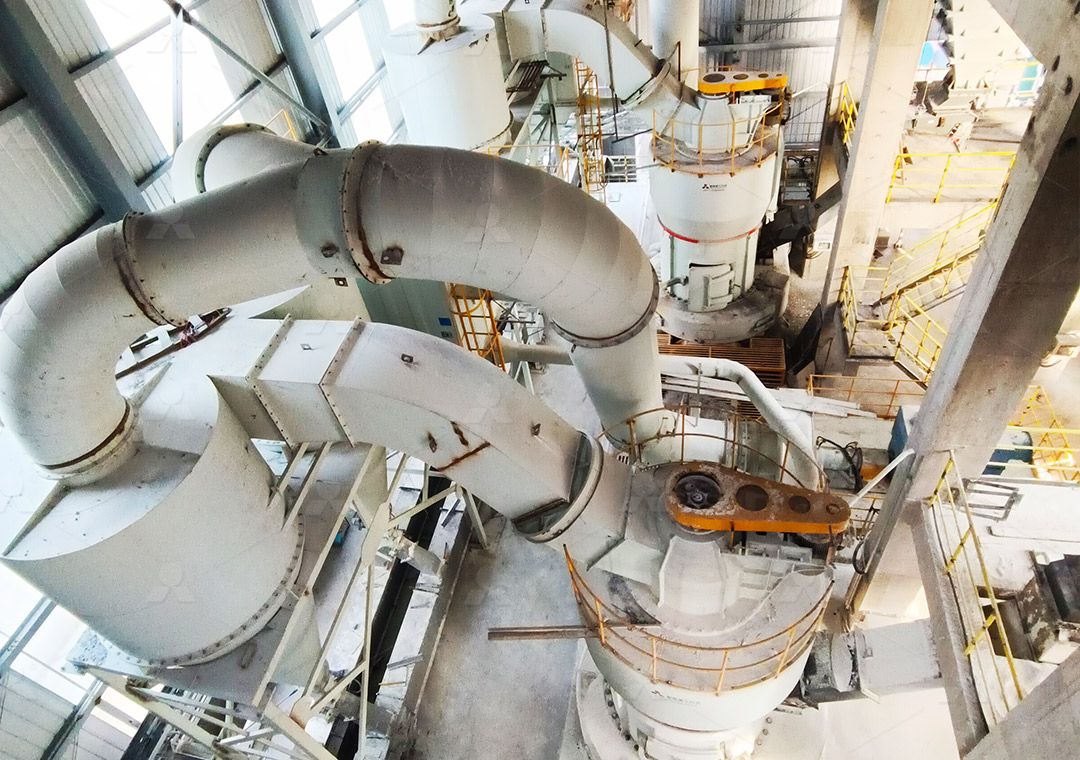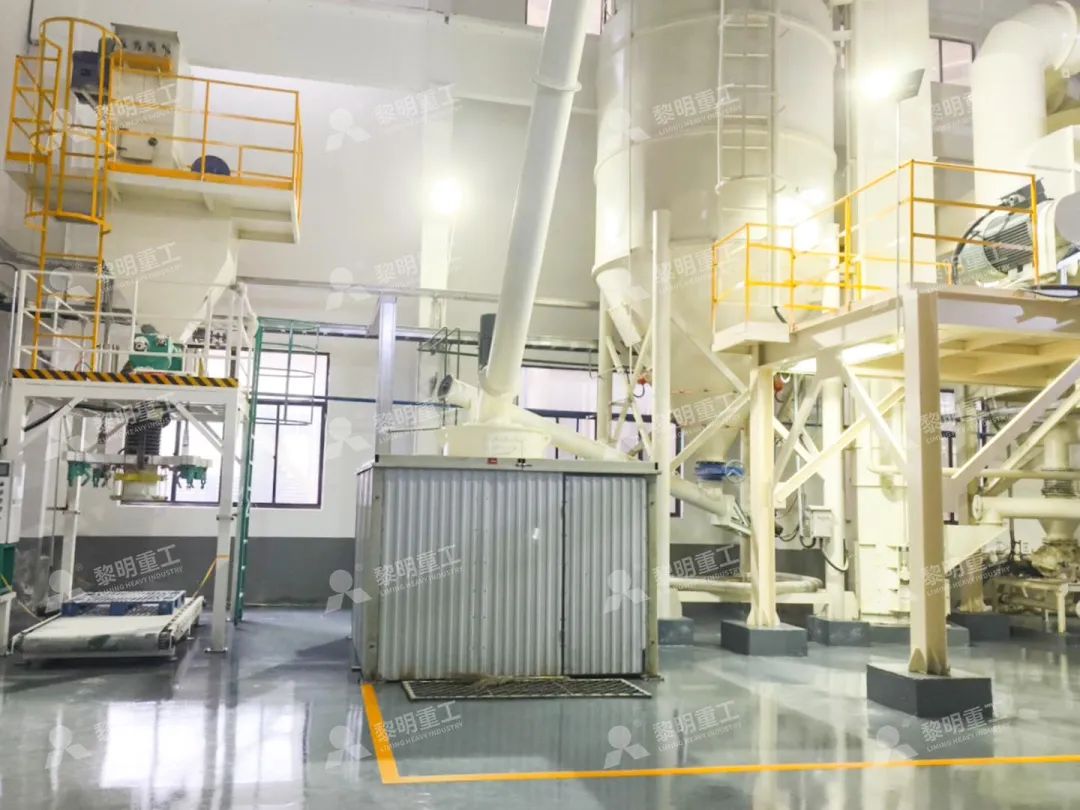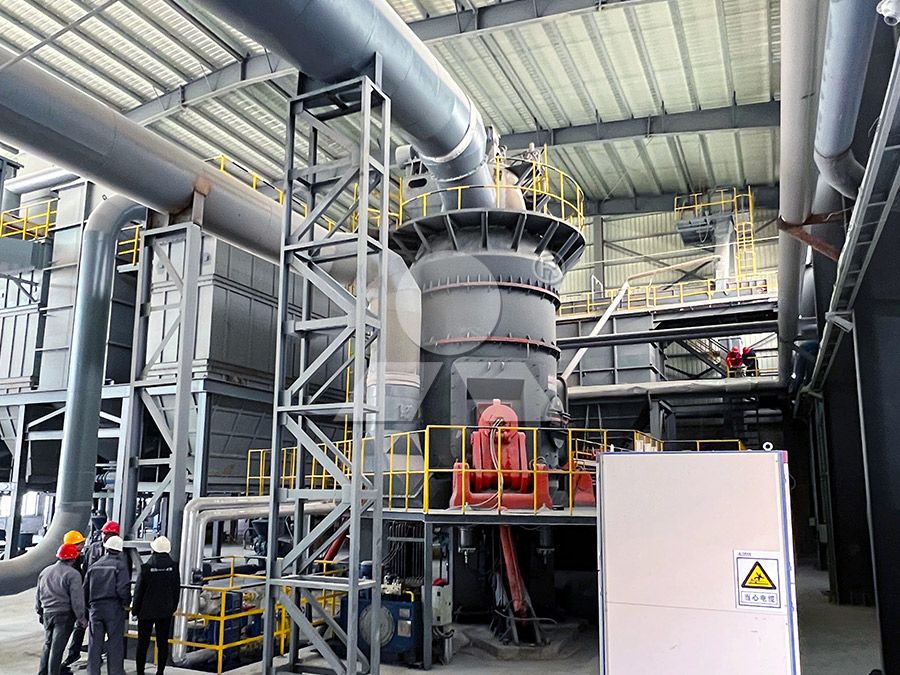Vertical Grinding Mill for Glass Processing: Efficiency and Applications
Revolutionizing Glass Production with Advanced Grinding Technology
The glass manufacturing industry demands precision, consistency, and efficiency in raw material processing. Achieving the optimal particle size distribution for glass batch materials directly impacts melting efficiency, product quality, and overall production costs. Traditional grinding methods often fall short in meeting these stringent requirements, leading manufacturers to seek more advanced solutions.

The Critical Role of Particle Size in Glass Manufacturing
In glass production, materials such as silica sand, feldspar, limestone, and dolomite must be ground to specific fineness levels to ensure proper melting and homogeneous mixing. Insufficient grinding can lead to incomplete melting, seeds, stones, and other defects in the final glass product. Conversely, over-grinding wastes energy and can introduce contamination. The ideal grinding solution must deliver precise control over particle size while maintaining high throughput and energy efficiency.
Advanced Vertical Grinding Technology
Modern vertical grinding mills have emerged as the preferred solution for glass raw material processing. These systems integrate multiple functions—crushing, drying, grinding, classifying, and conveying—into a single compact unit. The vertical orientation provides significant advantages in floor space utilization, energy consumption, and operational efficiency compared to traditional horizontal ball mills.
For glass manufacturers seeking exceptional performance in ultra-fine powder production, the MW Ultrafine Grinding Mill represents a technological breakthrough. With an input size capability of 0-20 mm and capacity ranging from 0.5 to 25 tph, this machine is specifically engineered for applications requiring precise control over particle size distribution. The MW mill’s innovative design features higher yielding capacity with lower energy consumption—achieving 40% higher production capacity than jet grinding mills and double the output of ball grinding mills while using only 30% of the energy consumption of jet mills.

Key Advantages for Glass Processing
The MW Ultrafine Grinding Mill offers several critical benefits for glass manufacturers:
- Adjustable Fineness: The cage-type powder selector enables precise adjustment between 325-2500 meshes, with screening rates achieving d97≤5μm in a single pass—ideal for controlling the melting characteristics of glass batch materials.
- Enhanced Reliability: The absence of rolling bearings and screws in the grinding chamber eliminates common failure points, ensuring continuous operation and reduced maintenance requirements.
- Environmental Compliance: Integrated pulse dust collection and noise reduction systems maintain clean working conditions and meet stringent environmental regulations.
- Material Versatility: Beyond traditional glass raw materials, the MW mill effectively processes limestone, calcite, dolomite, and other minerals used in specialty glass formulations.
Operational Excellence in Glass Manufacturing
Another exceptional solution for glass raw material processing is the LUM Ultrafine Vertical Grinding Mill. This advanced system handles input sizes of 0-10 mm with capacities from 5-18 tph, making it suitable for various production scales. The LUM mill incorporates the latest grinding roller technology and German powder separating technology, delivering superior finished product quality with enhanced whiteness and cleanliness—critical factors in high-quality glass production.
The LUM mill’s double position-limiting technology ensures operational stability even under variable feed conditions, while the reversible structure simplifies maintenance operations. These features combine to provide glass manufacturers with reliable, consistent performance with minimal downtime.

Maximizing Return on Investment
Both the MW and LUM grinding mill systems offer glass manufacturers comprehensive solutions that reduce total cost of ownership. The integration of multiple processing stages into single units minimizes space requirements, installation costs, and energy consumption. Advanced automation capabilities reduce labor requirements while ensuring consistent product quality. With robust construction and readily available spare parts, these systems provide long-term reliability that protects production schedules and bottom-line performance.
Frequently Asked Questions
What fineness range can be achieved with the MW Ultrafine Grinding Mill for glass applications?
The MW Ultrafine Grinding Mill can achieve fineness between 325-2500 meshes, with the capability to reach d97≤5μm in a single pass. This range covers the optimal particle sizes for most glass batch formulations.
How does the energy consumption of vertical grinding mills compare to traditional ball mills?
Vertical grinding mills typically reduce energy consumption by 30-50% compared to traditional ball mills. The MW Ultrafine Grinding Mill specifically uses only 30% of the energy required by jet grinding mills for equivalent output.
What maintenance advantages do these systems offer for continuous glass production operations?
The MW mill’s design without rolling bearings or screws in the grinding chamber eliminates common failure points. Both MW and LUM mills feature external lubrication systems that allow maintenance without shutdown, supporting 24/7 operation critical to glass manufacturing.
Can these grinding mills handle the abrasive nature of glass raw materials?
Yes, both mills are constructed with wear-resistant materials and designed specifically for processing abrasive minerals. The LUM mill additionally features unique roller shell and lining plate grinding curves that enhance durability when processing hard, abrasive materials like silica sand.
What environmental benefits do these grinding systems provide?
Integrated pulse dust collectors ensure no dust pollution during operation, while silencers and noise elimination rooms reduce acoustic emissions. Both systems operate fully in compliance with national environmental protection standards.
